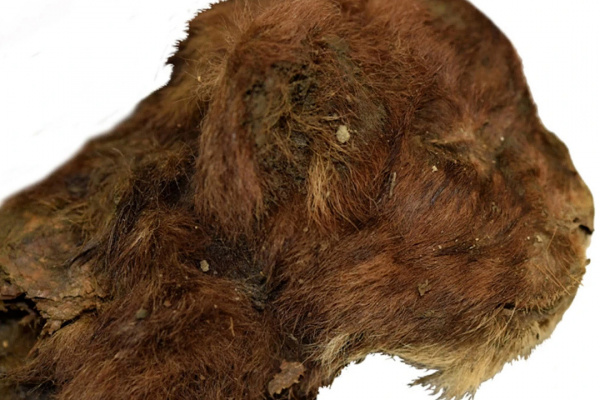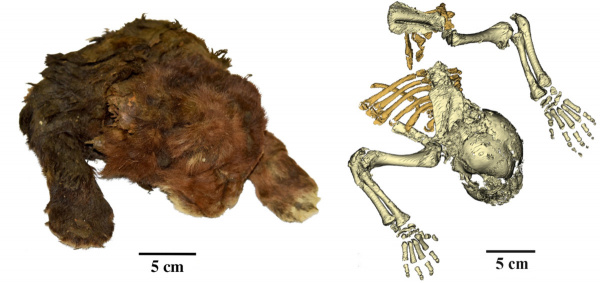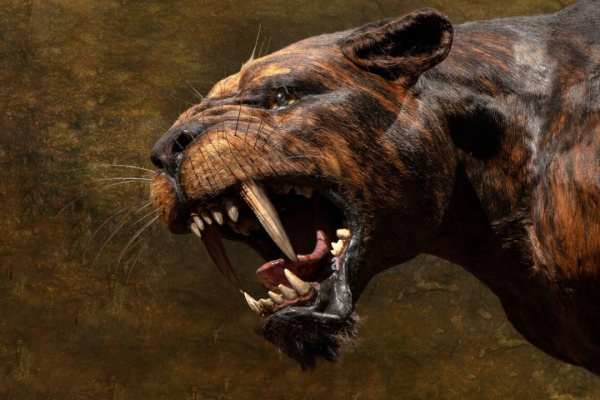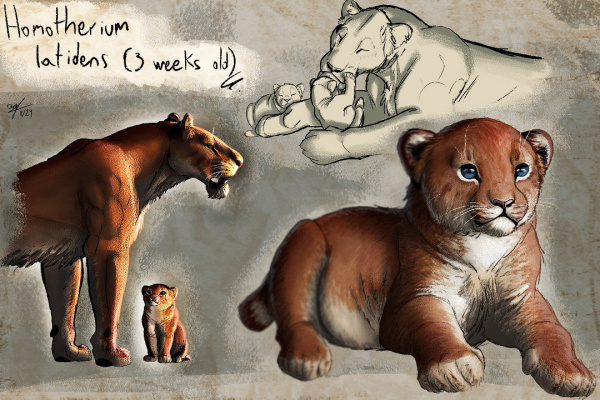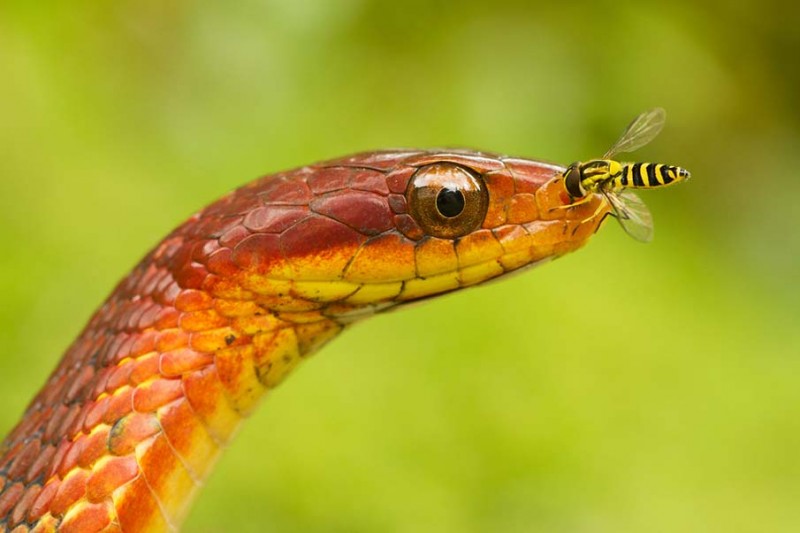What did saber-toothed cats look like?
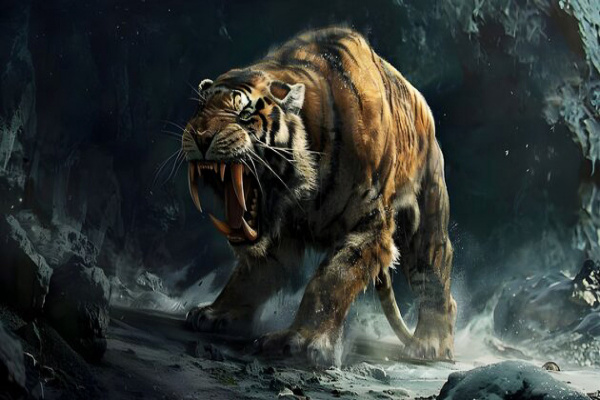
The illustration above shows a saber-toothed tiger. And, as you can see, it’s depicted like a tiger, only with enormous fangs. It’s noteworthy that saber-toothed cats are distantly related to tigers; the saber-toothed subfamily diverged approximately twenty million years ago. Tigers, meanwhile, belong to the panthera genus, which followed its own evolutionary path.
It’s noteworthy that the artist depicted the animal in a gray mountain landscape, but with orange stripes. The coloring is certainly striking and conceals it well in the thickets of dry forest and reeds, but not in the snowy mountains. With such camouflage, it’s no wonder saber-toothed tigers became extinct. Recently, miners searching for mammoth ivory discovered the mummy of a saber-toothed cat kitten, Homotherium latidens, in the Siberian permafrost. Homotherium is one of the extensive genera that inhabited the Earth in relatively recent times. They are believed to have become extinct around twelve thousand years ago. And the newly discovered species belongs to the last of these extant species. The mummy is estimated to be approximately thirty-six thousand years old.

